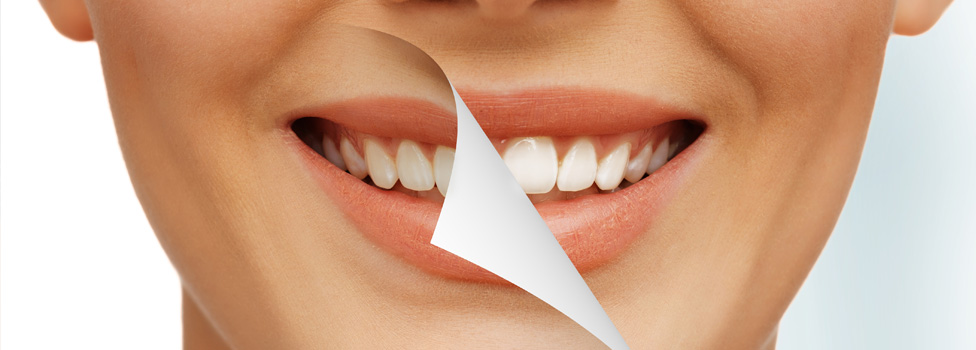
Can breastfeed be allowed after a breast augmentation. Although the answer is generally yes, there are some things to consider. Breast augmentation can be done by most women. However, you should still consult your doctor and lactation consultant. Breast milk contains lots of nutrients. It is possible to supplement your breast milk with formula. This is not always necessary. Some women may feel anxious following breast augmentation.
Breast augmentation through fat transfer
The incisions you make during breast augmentation and fat transfer will not affect your ability to nurse. These incisions average three millimeters length and are placed just beneath the nipple, in the Inframammary Fold. These incisions don't touch the nipple and won't cause any discomfort or letdown.
Fat that has been taken from the breast during a previous procedure might act as a permanent or temporary graft. While fat cells obtained during a fat-transfer procedure are permanently attached at the breast, most of them are eventually absorbed by the body. If they are not distributed properly, it can cause uneven results. In order to avoid excess damage to fat cells, fat from the procedure is also collected under very low pressure.

Breast implants
This concern may be due to the lack of research on the relationship between breast implants, breast feeding and breast implants. Western culture views the breast as a sexual organ, and advertising often implies that breast milk and formula are equal. It is necessary to further research the psychological and physiological causes of reduced breast feeding ability. However, the research results point to a balanced approach between health risks as well as benefits.
Most breast augmentation procedures use the same incision method, but some surgeons do use different incisions. A breast augmentation procedure with fat transfer requires an incision that is about three millimeters. The incision usually takes place in the inframammaryfold. It's not necessary for the incision to be made next to the Nipple.
Incisions around your areola
The incisions made around the areola following a breast-augmentation are known as periareolar. They are found along the outer edge. Because they are so close to the areola, these incisions are ideal for breast lift surgeries with implants. They prevent the surgeons from cutting through the nerves of the areola. This can be problematic for breastfeeders. If the procedure is properly planned, plastic surgeons are also capable of making this type.
Often, the incisions at the areola remain hidden. The transition from darkened skin to lighter skin is gradual. The incision will remain visible for a few more months. However, it will eventually fade. Patients won't feel any loss in sensation or pain following the procedure. A breast lift recovery is similar to that of an augmentation.

Attempting to breastfeed after breast augmentation
There is some ambiguity about breastfeeding after breast augmentation. Although it is not rare, breastfeeding success may be decreased or increased in women who have had breast augmentation. Cruz and Korchin studied both breastfeeding success and failure in a study. The rates of breast-augmentation surgery were comparable at two weeks. The incision type did not matter. All three studies found that breast augmentation resulted in a lower chance of exclusive breastfeeding among women.
You will be able to breastfeed after breast implant surgery if you choose the right time. Although most recovery takes only a few weeks, small nerves and blood vessels can take longer to heal. Your body should heal completely from surgery before you can breastfeed. Also, it is important to allow at least a few years for breast augmentation and pregnancy. This will allow your body time to heal and decrease the chance of complications with milk supply.